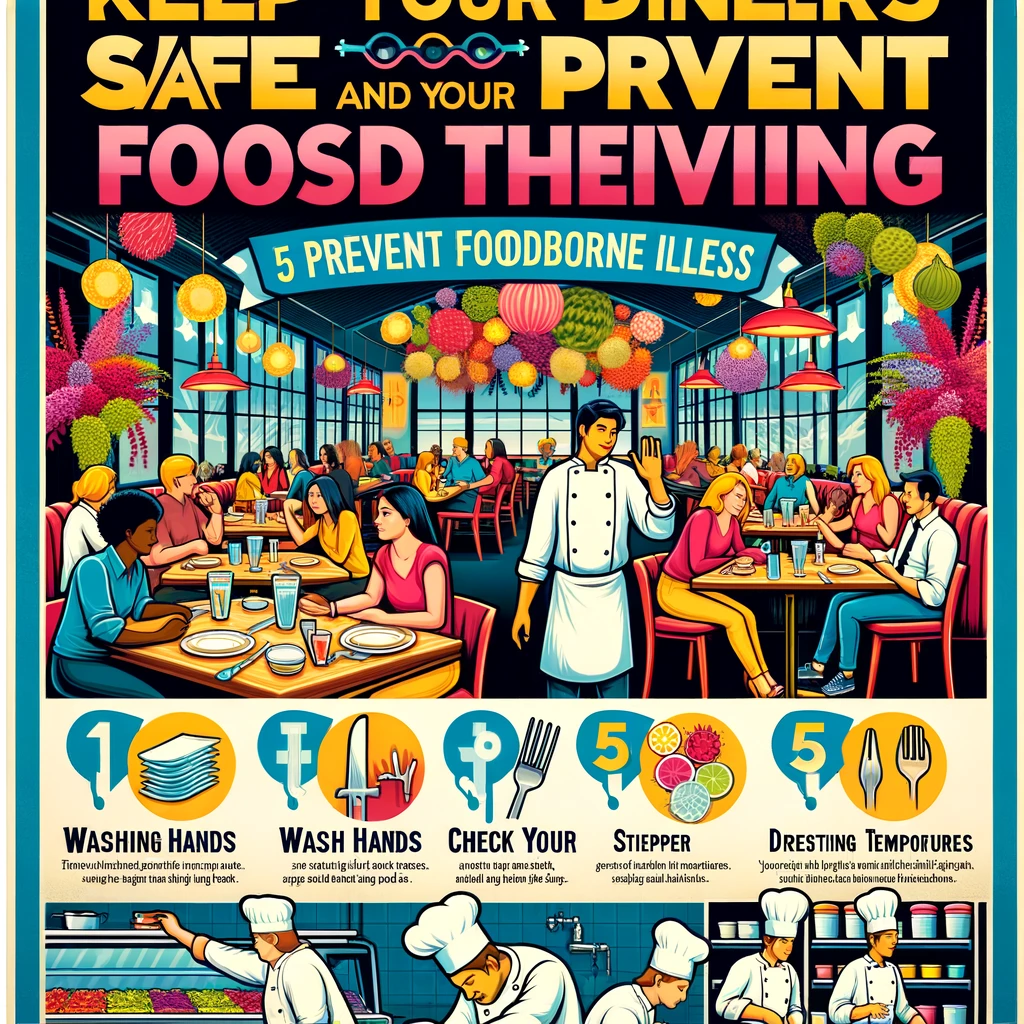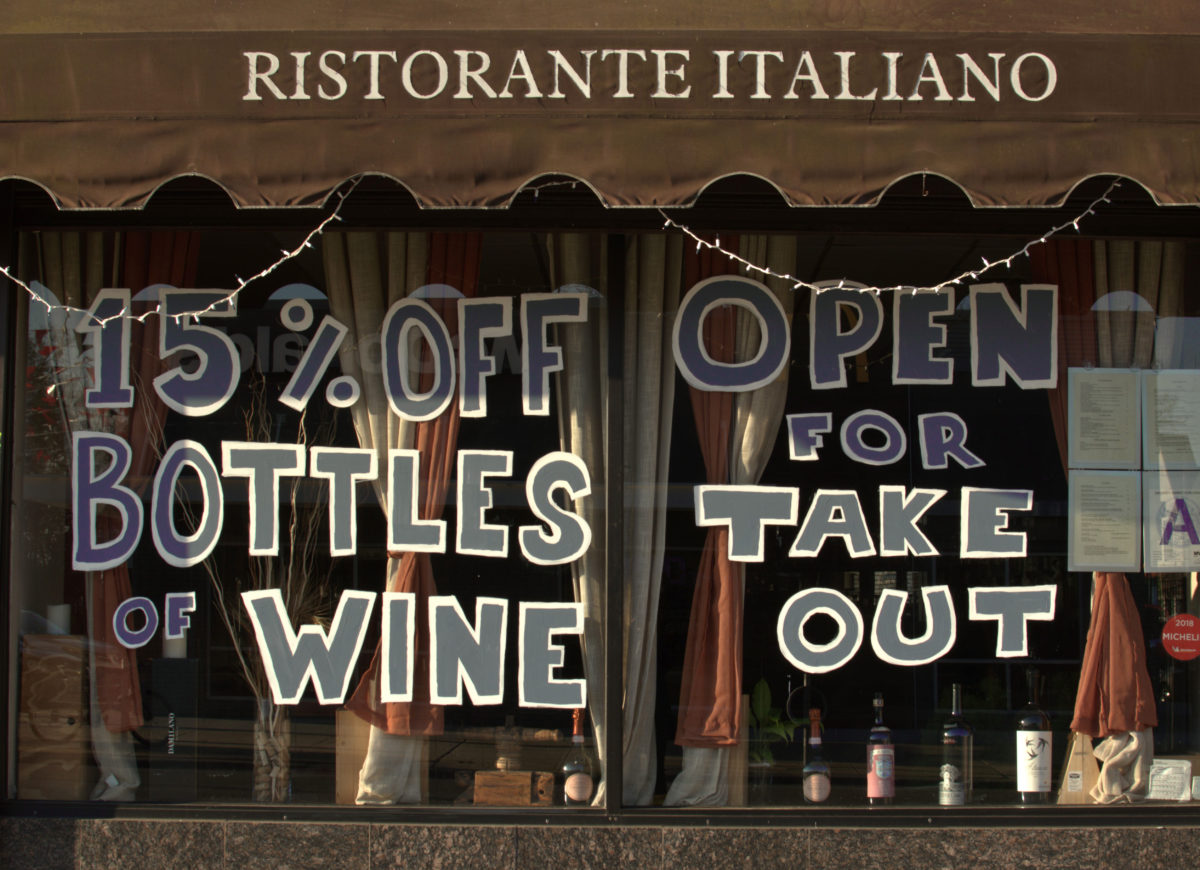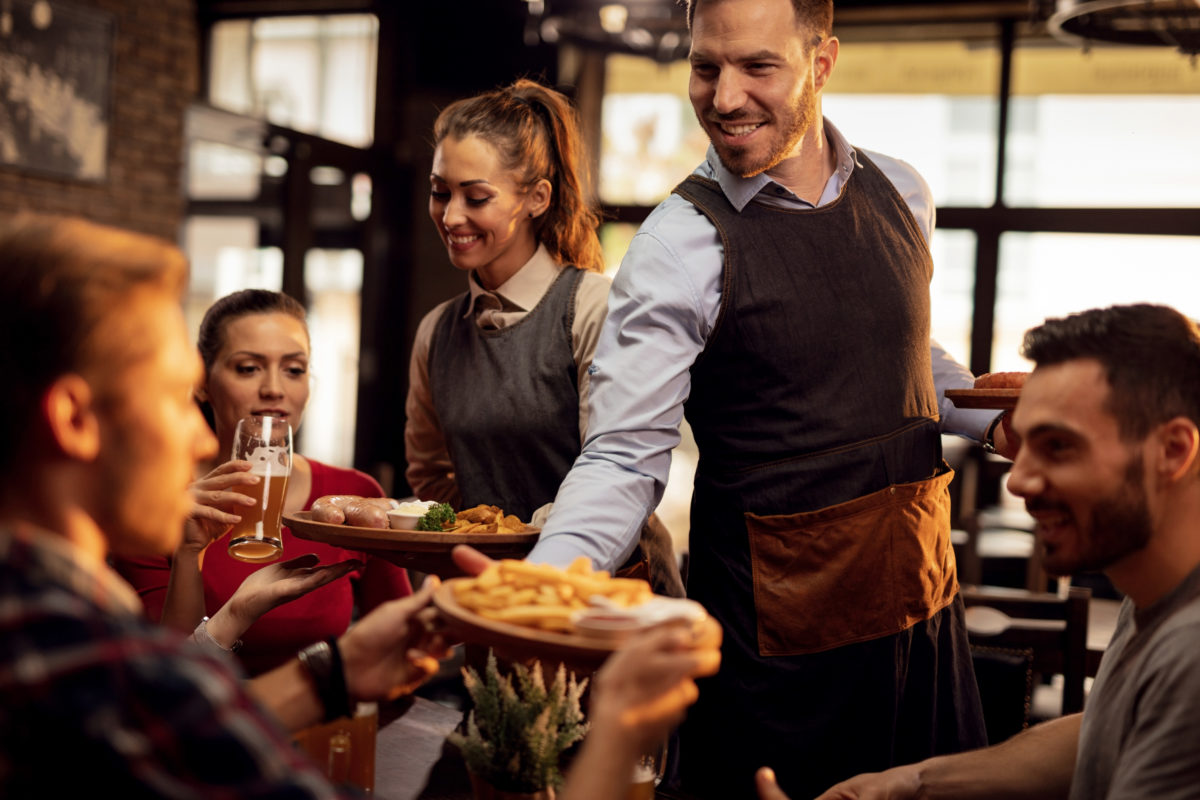Getting Restaurant Staff Prepared for a Busy Holiday Period
As we reach this time of year, we tick off the things separating us from the frantic holiday season. With Halloween and thanksgiving both over, we’re well and truly on the way and nothing is going to slow the journey down. As you know, more customers walk through the doors in the last month of the year and this can put stress on your staff. Considering most restaurants hire young staff, many can be unprepared for what’s to come.
In the last six weeks, diets are forgotten and people are more likely to treat themselves and their families. Let’s not forget, businesses all around the city also have their Christmas meals too. Therefore, you need to ensure everything is ready and this includes your stock rooms, your menu, and your staff!
Assertiveness is a Valuable Skill – If you have experience in managing a restaurant, you’ll know that walking the line between assertiveness and plain pushy can be dangerous. During the holidays, you need people to come in, enjoy their meals, and then leave again without making them feel as though they were spared an experience…this is easier said than done.
When talking to servers in the lead up to Christmas, start by encouraging a faster pace because nobody wants to be waiting at the front door just to get a table. To get things started, they should also explain the specials as they sit down rather than walking away immediately; this way, they’re already thinking about eating. Sometimes, you might just strike gold and the table will say ‘that sounds great, we’ll all have the ‘enter delicious dish here!’.
If you have room for display dishes around the restaurant, make them visible because it’ll catch the eye of the diner. With any luck, they’ll have that specific dish on their mind and order it without even checking the rest of the menu when the time comes. If your staff can master the art of offering assertiveness with a smile, your guests won’t feel cheated out of their experience.
Consider Different Ordering Options – In other industries, the invention of the mobile device has allowed the ordering process to become more efficient. For most, they believe this doesn’t apply to the restaurant niche but we would be cautious in thinking this. Nowadays, online and mobile food ordering is a possibility and it could pocket you a nice sum of money during the upcoming season.
Do your members of staff currently spend most of their lives on the phone taking orders? If so, this is a huge inefficiency considering the orders have the potential to come through automatically via the internet. In addition to making the process easier, it also severely reduces the number of mistakes made. Of course, we’re only human so the customer could say the wrong dish by accident or your team member could mishear something over the phone. With online ordering, communication improves and there’s proof of the order so blame can be portioned accordingly for mistakes; this could reduce the number of extra dishes you have to give away.
If you’re going to introduce this ordering method, make sure it’s advertised sufficiently on social media, your website, and in your restaurant. Suddenly, your restaurant becomes available without the upheaval of writing everything down and then placing the call. With increased accessibility, there’s no reason why you can’t enjoy an increase in orders too.
Sometimes, the introduction of online ordering can be slow to start so try some online-only special offers; people sometimes just need a gentle push in the right direction. If they have a reason to order online, such as 10% off, they’ll do so to see how good the service is.
Consider Your Stock Carefully – As a restaurant, there are some mistakes you make during the holiday season that are forgivable including bringing the wrong menus or the wrong dish every so often. However, there’s one thing that should be considered a crime against eateries around the world; not ordering sufficient ingredients.
If you have a POS system, or if you track things manually, you should know your most popular dishes and you should be aware of how busy things can get in December. If this is your first year, don’t just assume you’ll need the same weekly order because Christmas is a different beast altogether.
If you need to order extra, go ahead and do it; what’s the worst that can happen? You don’t order quite as much once the season is over. If you end up wildly overestimating stock levels, this isn’t a problem for foodstuffs with a long date. Even if you’re forced to throw fresh food away, at least you’ll learn for next year and at least you didn’t need the embarrassing conversation of telling guests half your menu is unavailable.
As a restaurant, customers are willing to forgive certain errors but your role within the community, at the very minimum, is to provide them with delicious food.
Promote Early Catering Orders – If you don’t provide a catering service, 1) consider it because you can make some great money at this time of year and 2) feel free to skip to our next piece of advice. If you do, we recommend encouraging your customers to make their orders as early as possible. When those last-minute huge orders come in, they’re almost impossible to turn down because it presents a healthy sum of money. Yet, at the same time, it places the whole business under stress.
In the past, we’ve found that discounts work quite well because people always like to save money. For example, a 5% discount per week they order in advance (with a maximum of three weeks; 15%). With an early order, you have time to prepare and it becomes easier to cope with for your team. As long as you spread the message as far and wide as possible via social media, newsletters, emails, your website, and in the restaurant, the more likely people are to take notice.
Your employees will find it much easier to stay motivated when the orders come in early because they feel respected!
Is Your Current Team Capable? – Of course, we aren’t questioning the ability of your employees. Instead, we’re asking whether they can handle the expected demand alone or whether you’re going to need more people. When the workload spreads between fewer people, the customers don’t get the attention they deserve and the staff themselves feel mistreated.
For your restaurant to run smoothly this season, we advise looking at your staffing requirements carefully. These days, plenty of people want seasonal work and it prevents your customers from waiting for 30 minutes just to get a table. Instead, they’ll be in and out enjoying a superb experience and you can take more tables over the course of an evening.
Summary – Ultimately, this time of year requires some consideration; if you go into it without really thinking, you WILL come unstuck like many ex restaurant owners before you. After thinking about staff, stock, online ordering, scheduling, your menu, and every other factor, you can keep the restaurant running like clockwork even with more people sitting down than ever before.
For your employees, they need strong leadership at this time of year. If you remain strong at the top, they’ll keep working away even when they feel like giving up!














